What is the Vector Impedance Meter ?
What is the Vector Impedance Meter ?
Vector Impedance Meter Definition
A vector impedance meter is defined as a device that measures both the amplitude and phase angle of impedance in AC circuits.
Measuring Amplitude and Phase Angle
It determines the impedance in polar form by evaluating the voltage drops across resistors and unknown impedances.
Equal Deflection Method
This method ensures equal voltage drops across a variable resistor and the unknown impedance to find the impedance value.
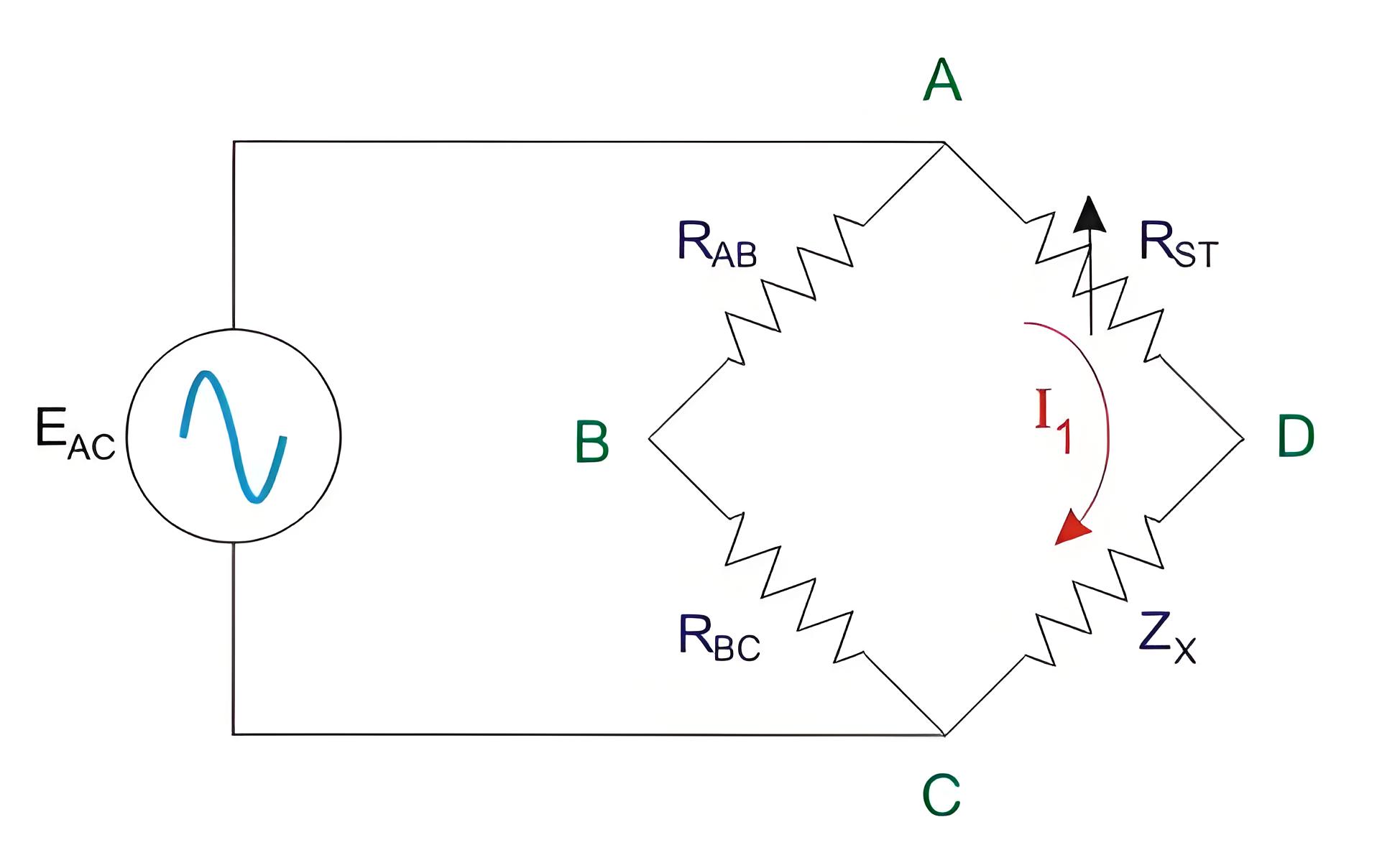
Two resistors with equal resistance values are incorporated here. The voltage drop across RAB is EAB and that of RBC is EBC. Both the values are the same and it is equal to half the value of input voltage (EAC).
A variable standard resistance (RST) is connected in series with the impedance (ZX) which the value has to be obtained.The equal deflection method is used for the determination of the magnitude of the unknown impedance.
This is by achieving the equal voltage drops across the variable resistor and the impedance (EAD = ECD) and evaluating the calibrated standard resistor (here it is RST) which is also necessary for achieving this condition.
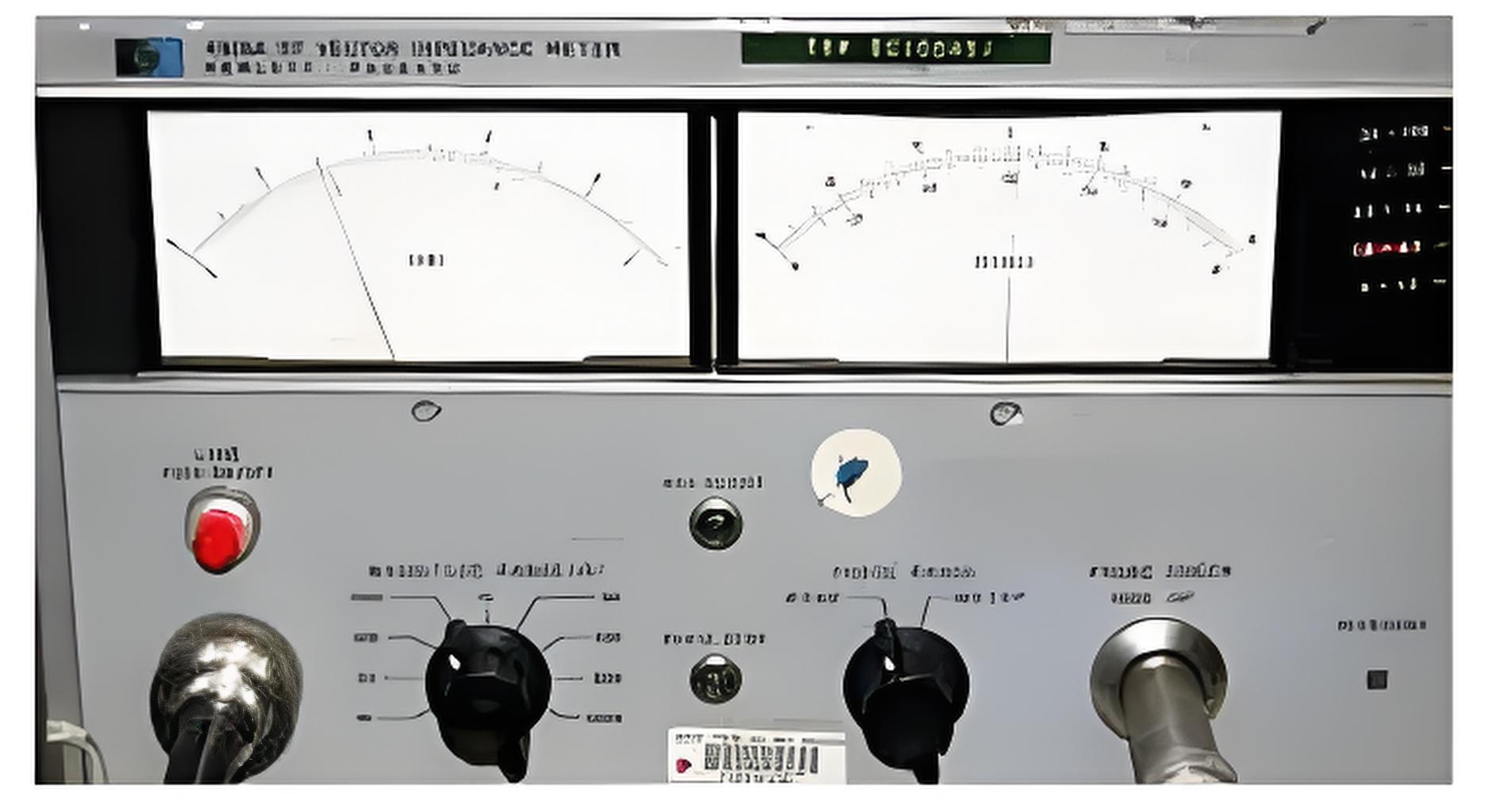
The phase angle of the impedance (θ) can be acquired from taking the voltage reading across BD. Here it is EBD.The meter deflection will vary in accordance with the Q factor (quality factor) of the connected unknown impedance.
The Vacuum Tube Voltmeter (VTVM) reads AC voltage from 0V to its maximum value. When the voltage reading is zero, the Q value is zero, and the phase angle is 0 degrees.When the voltage reading becomes the maximum value, the value of Q will be infinite and the phase angle will be 90o.
The angle between EAB and EAD will be equal to θ/2 (half of the phase angle of the unknown impedance). This is because EAD = EDC.
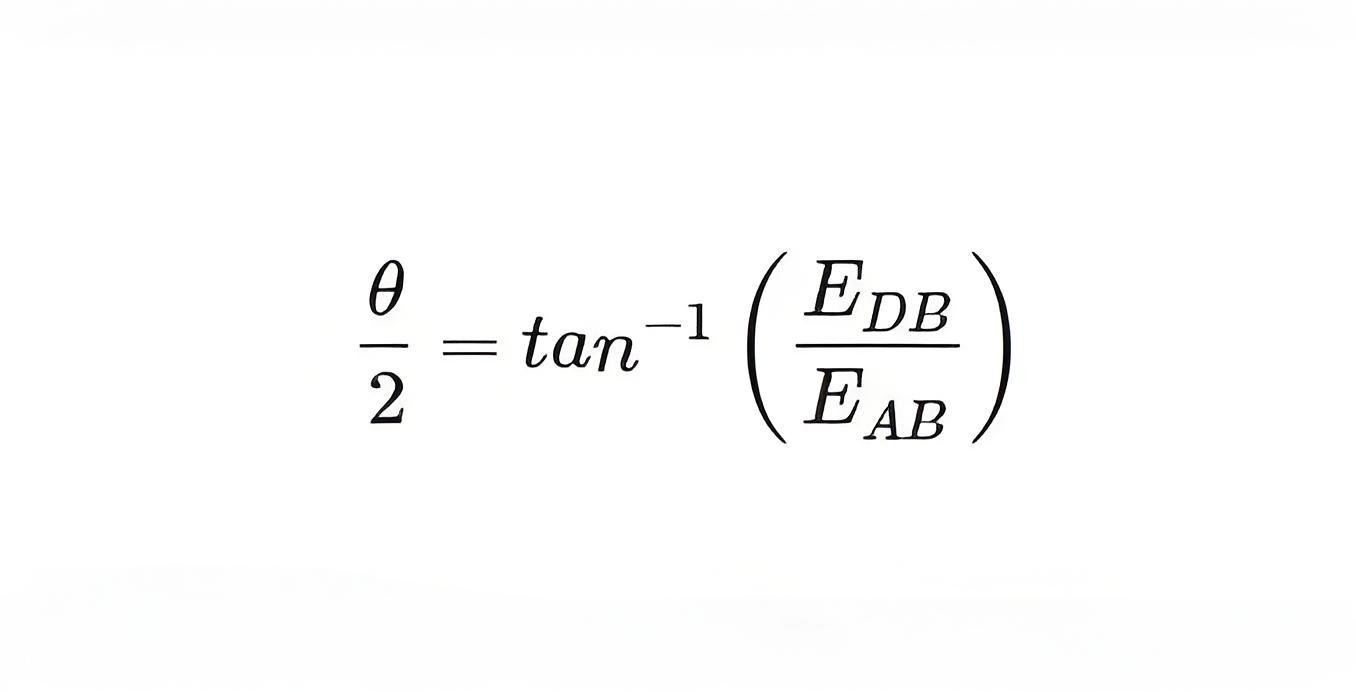
We know that the voltage across A and B (EAB) will be equal to half of the voltage across A and C (EAC which is the input voltage). The reading of voltmeter, EDB can be thus obtained in terms of θ/2. Hence, θ (phase angle) can be determined. The vector diagram is shown below.
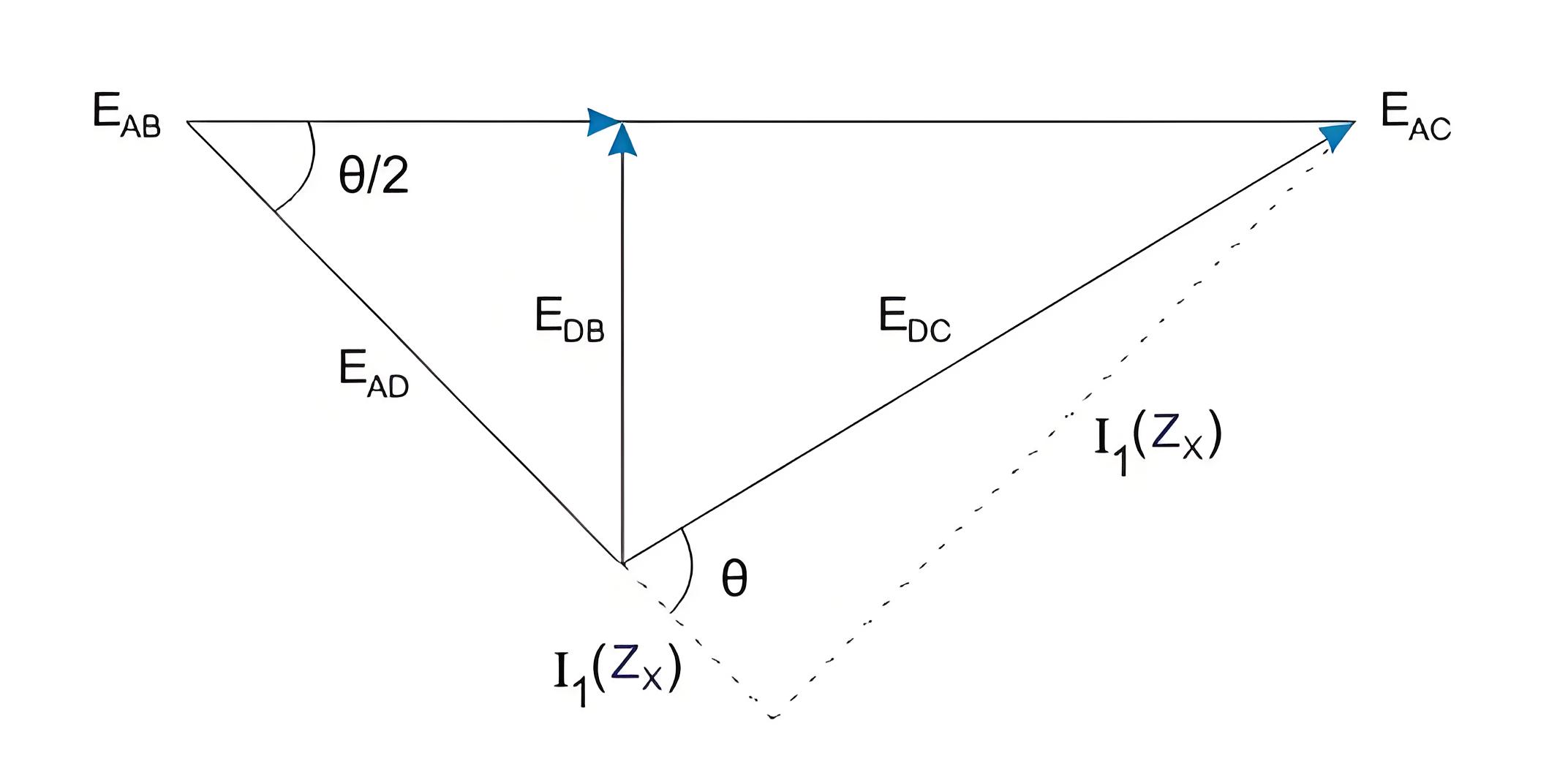
For obtaining the first approximation of the magnitude and phase angle of the impedance, this method is preferred. For achieving more accuracy in measurement the commercial vector impedance meter is preferred.
Commercial Vector Impedance Meter
A commercial vector impedance meter measures impedance directly in polar form, using one control to find both the phase angle and magnitude.
This method can be used to determine any combination of resistance (R), Capacitance (C), and Inductance (L). In addition to this, it can measure complex impedances rather than pure elements (C, L, or R).
The main disadvantage in conventional bridge circuits like too many consecutive adjustments is eliminated here. The range of measurements of impedance is 0.5 to 100,000Ω over the range of frequency 30 Hz to 40 kHz when an external oscillator is used for giving the supply.
Internally, the meter generates frequencies of 1 kHz, 400 Hz, or 60 Hz, and externally up to 20 kHz. It measures impedance with an accuracy of ±1% for magnitude and ±2% for phase angle.
The circuit for the measurement of the magnitude of the impedance is shown below.
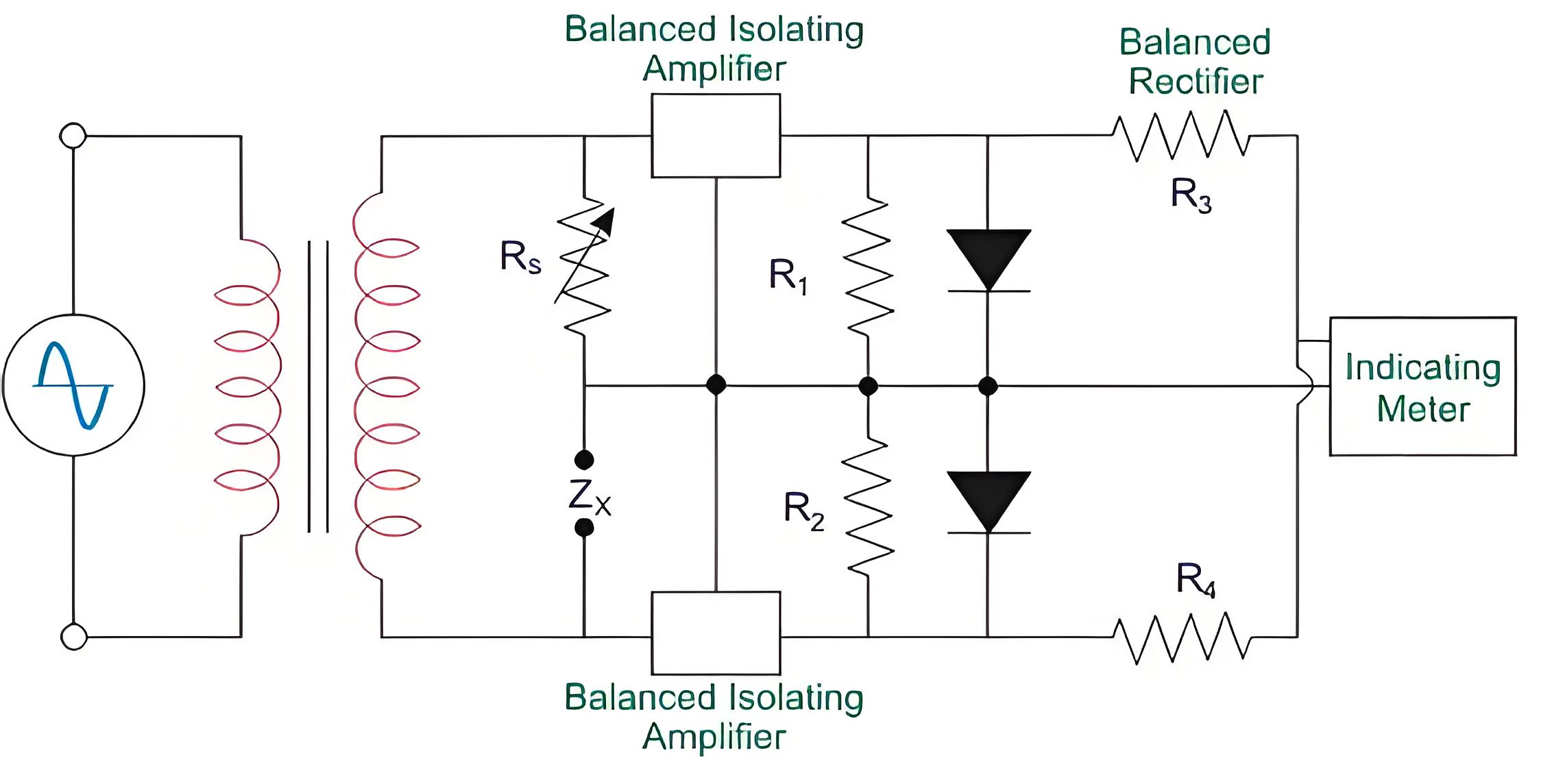
Here, for the magnitude measurement, RX is the variable resistor and it can be altered with calibrating impedance dial.
The voltage drops of both the variable resistor and the unknown impedance (ZX) are made equal by adjusting this dial. Every voltage drop is made amplified by using the two modules of balanced amplifiers.
This is then given to the section of the connected dual rectifier. In this, the arithmetical sum of the outputs of the rectifier can be obtained as zero and this is shown as the null reading in the indicating meter. Thus, the unknown impedance can be obtained directly from the dial of the variable resistor.
Next, we can see how the phase angle is obtained in this meter. First, the switch is set in the calibration position and the voltage injected is calibrated.This is done by setting it for getting the full-scale deflection in the VTVM or indicating meter.
After that, the function switch is kept in phase position. In this condition, the function switch will make the output of the balanced amplifier parallel before going to rectification.
Now, the sum total of the AC voltages which is from the amplifiers is definitely a function of the vector difference among the AC voltages on the amplifiers.
The voltage that is rectified as a result of this vector difference is indicated in the indicating meter or DC VTVM. This is actually the measure of the phase angle between the voltage drop across the unknown impedance and variable resistor.
These voltage drops will be the same in magnitude but the phase is different. Hence, the phase angle is obtained by direct reading from this instrument.The quality factor and dissipation factor can also be calculated from this phase angle if needed.
The circuit diagram for the measurement of phase angle (θ) is shown below.
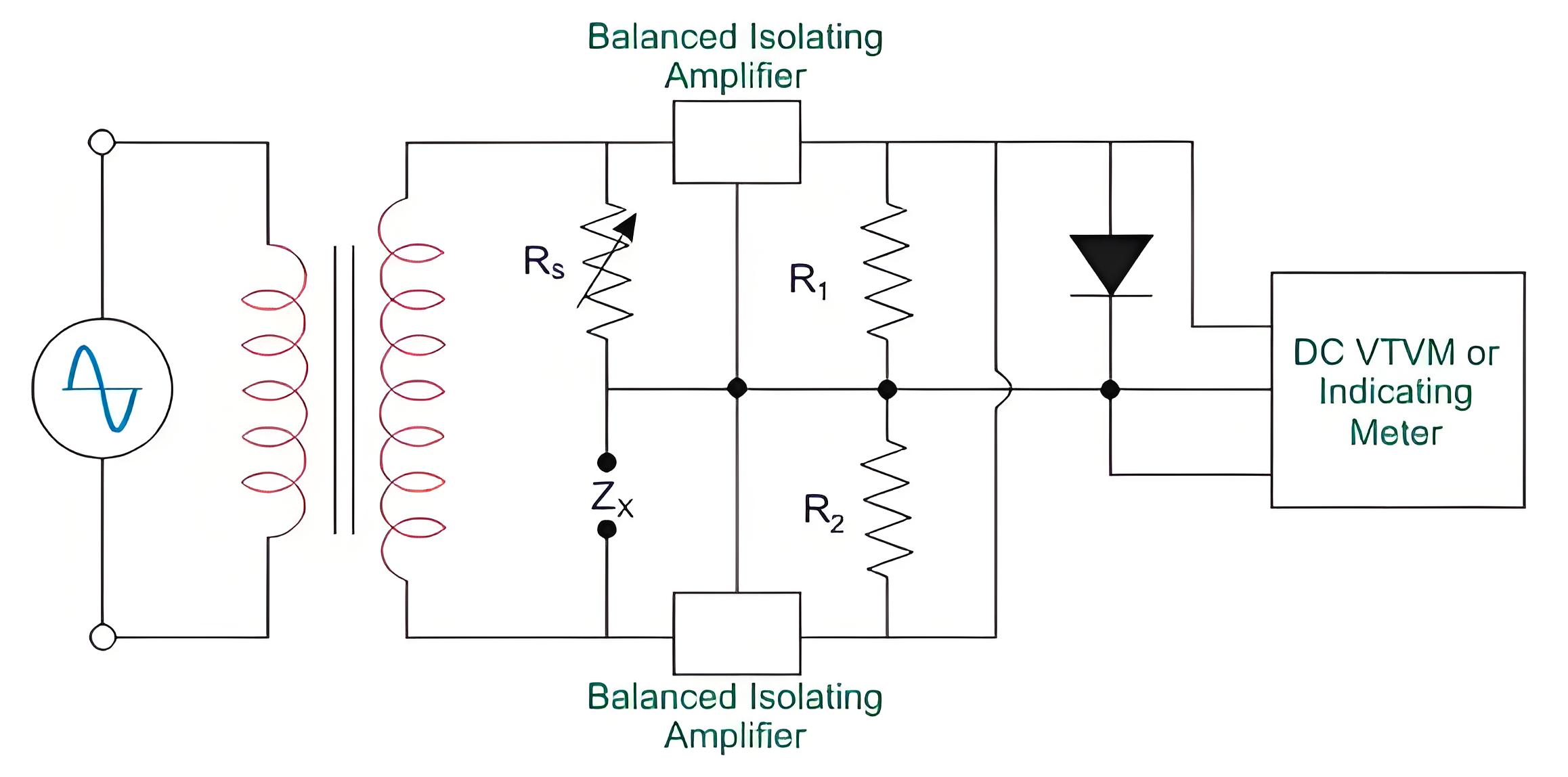
Applications and Benefits
Used for measuring complex impedances and simplifies the process by eliminating the need for multiple adjustments.
The Electricity Encyclopedia is dedicated to accelerating the dissemination and application of electricity knowledge and adding impetus to the development and innovation of the electricity industry.













